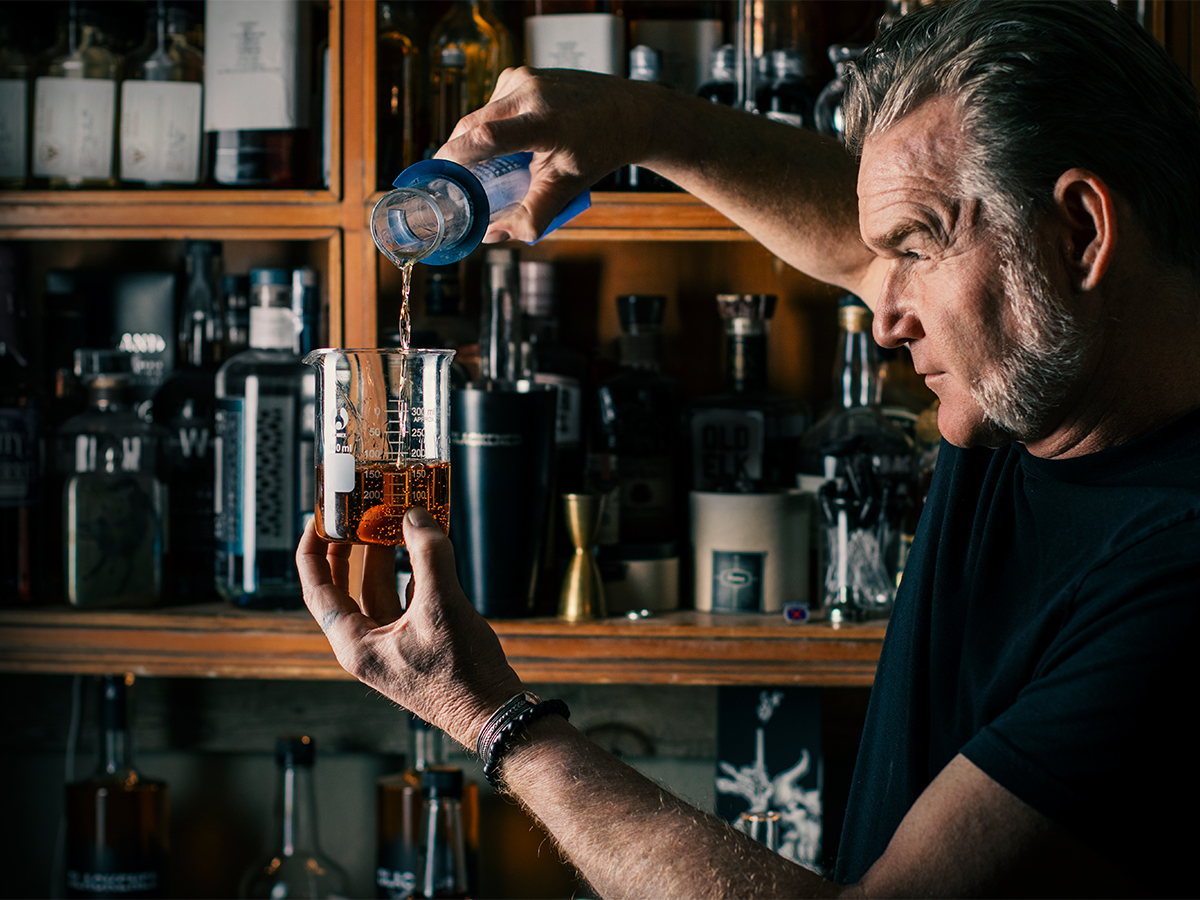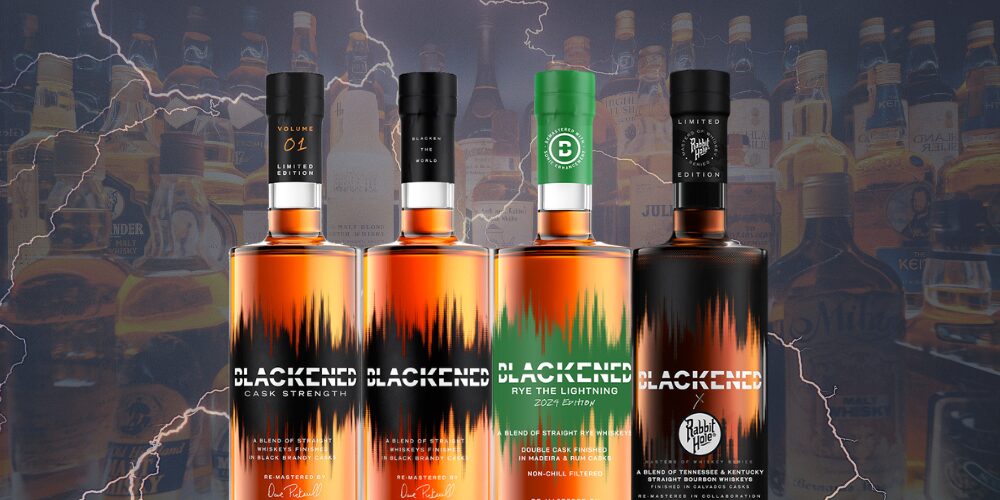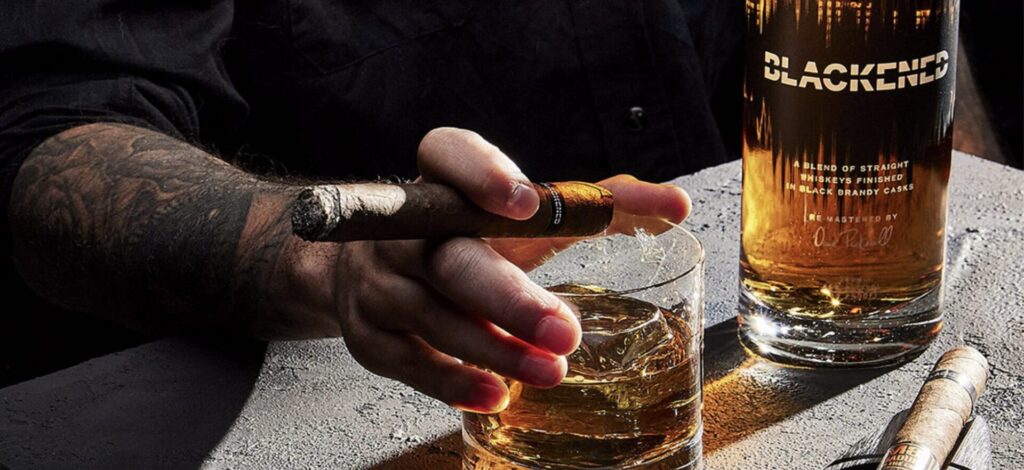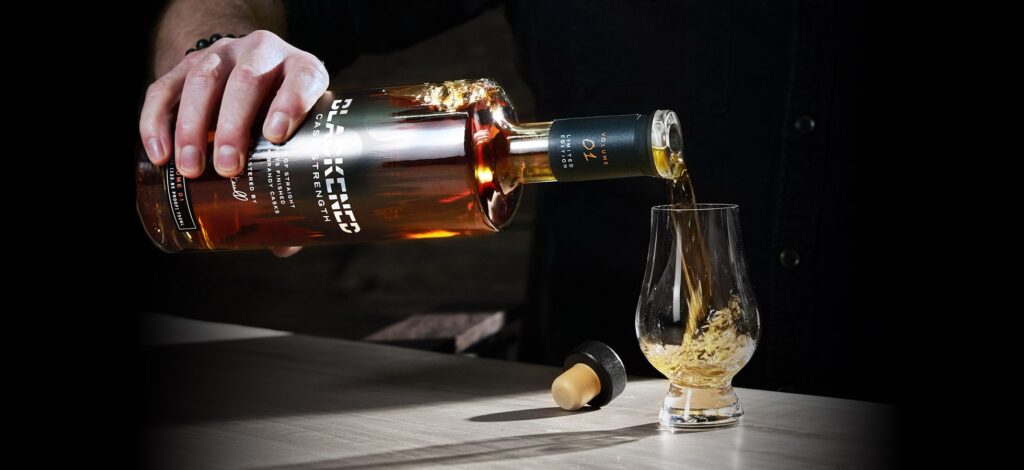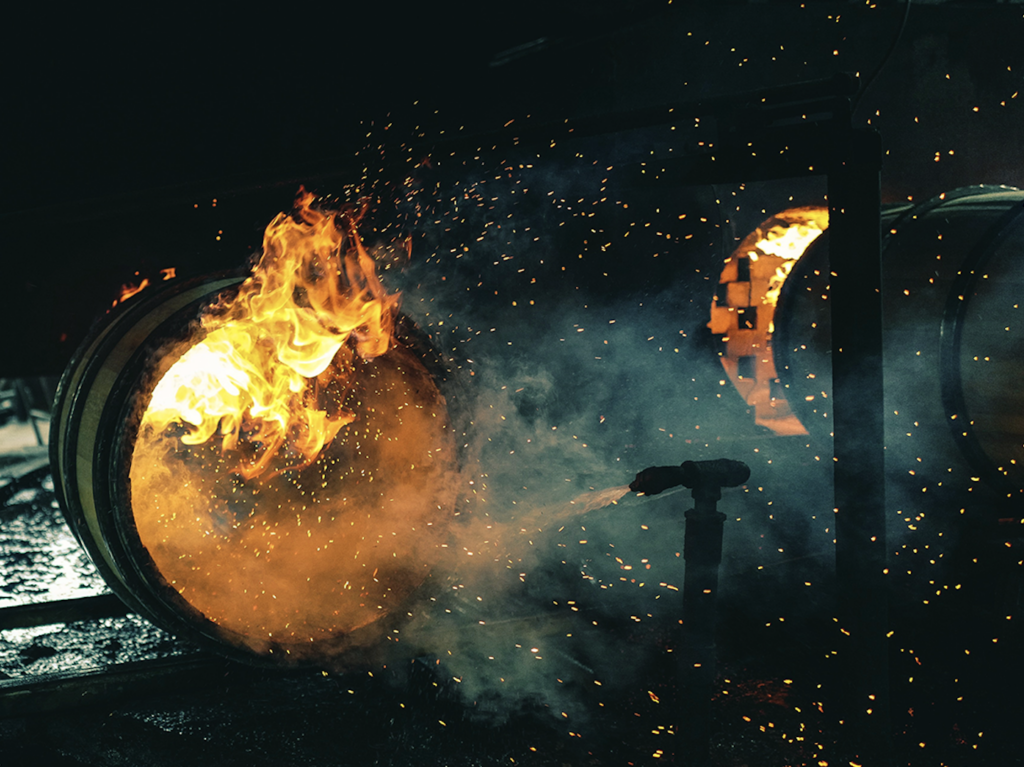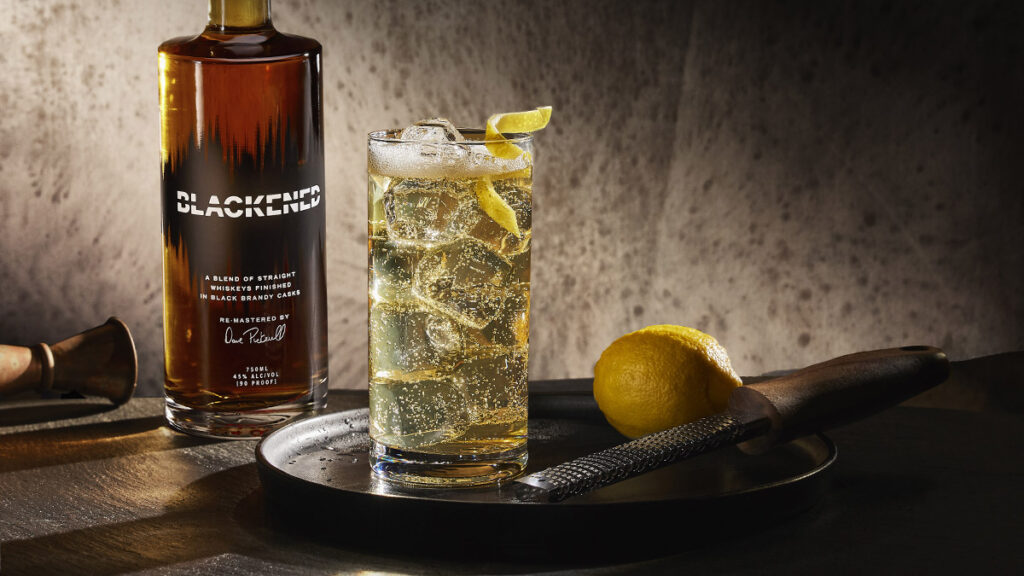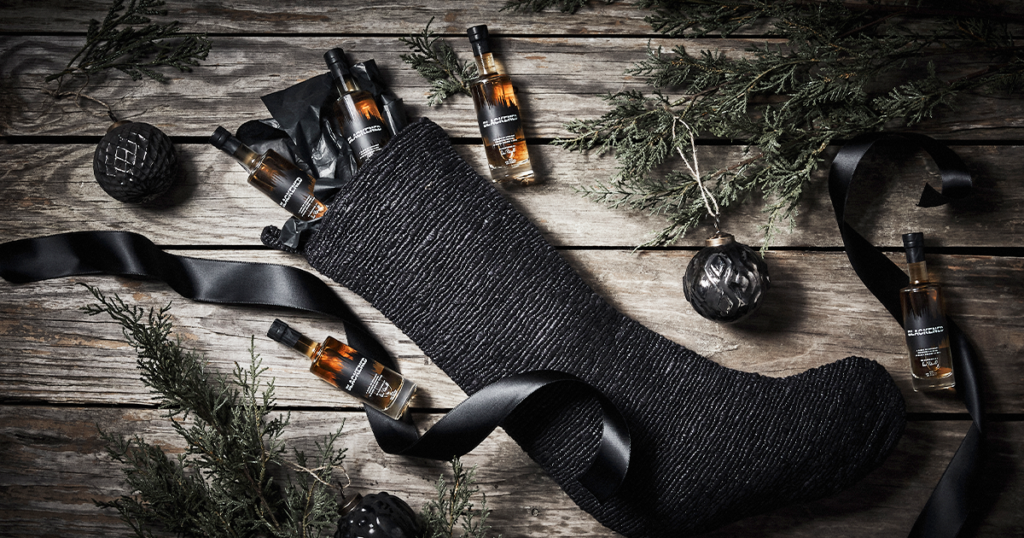HOW WHISKEY IS MADE
Whiskey is a distilled spirit made from fermented grain mash found in many popular cocktails, including the Old Fashioned and the Manhattan. How whiskey is made can vary depending on the type of grain used (barley, corn, rye, wheat), the style being implemented, and the country of origin, but the overall whiskey distilling process tends to remain similar across the board. Once distillation is done, whiskey is aged in wooden casks commonly made out of sherry or charred white oak before being bottled at a minimum of 40% ABV as required under federal guidelines.
Want to dive deeper into whiskey distilling methods and learn how great whiskey is made? Read on to discover how the legendary Master Distiller Dave Pickerell and Master Distiller and Blender Rob Dietrich created a whiskey distilling process in a class of its own.
WHAT WHISKEY IS MADE FROM
Despite undergoing a complex process to produce, whiskey is made from only a few ingredients:
- Grain: Whiskey is made by fermenting a mixture of grains, usually malted barley, rye, corn, or wheat. This mash often determines the flavors and designation of the final product. For example, the mash bill of rye whiskey should have at least 51 percent rye, while the mash bill of bourbon must contain at least 51 percent corn.
- Water: After distillation, water is added to the spirit to achieve a desired ABV. Water from different sources—for example, Rocky Mountain water from Colorado or water from limestone-rich Kentucky—may impart different flavors to the final product.
- Yeast: During fermentation, yeast breaks down sugars from the grains to produce simple, natural alcohol. Different strains of yeast impart different flavors to the final spirit.
- Additives: According to US regulation, whiskey can have up to 2.5 percent added flavors during distillation or aging to achieve a certain character or color. Whiskeys with no added flavors, like BLACKENED American Whiskey, are classified as “straight.”
- Time: Whiskey is aged in wooden casks or barrels after distillation to bring out different flavors and colors. According to US regulation, whiskey must be aged at least two years, though many producers age the spirit for around 10 to 12 years.
malting
Mashing
Fermentation
Distilling
POT STILL
During the first run, the liquid is heated in what’s often called the low wines still. Since alcohol boils at a lower temperature than water, the alcohol vapors rise off the liquid and into the still neck and lyne arm and then the condenser, which turns vapor into liquid once again.
The resulting liquid, which is about 20% ABV, goes into the second still, or spirit still, where the process is repeated, followed by an optional third distillation depending on the style. The final spirit comes off the still starting at 60% to 70% ABV.
During each round of distillation, the distiller discards or reserves a certain amount of spirit from the beginning and end of the run, known as heads and tails, due to their unwanted flavors and aromas. The rest—known as the heart—goes into barrels to mature.
COLUMN STILLS
Here’s how they work: The distiller’s wash is fed into the column still at the top and descends through a series of perforated plates. At the same time, hot steam rises from the bottom of the still and interacts with the wash, separating out solids and unwanted substances and pushing up the lighter alcohol vapors. When the vapors hit each plate, they condense, which helps get rid of heavy substances and increases the alcohol content before heading into a condenser.
The easiest way to picture the internal structure is to imagine many pot stills linked together, one on top of the other. The more floors within the still, the purer the distillate will be. Column stills can produce spirits up to 95% ABV, though most whiskeys are distilled to lower proofs.
Aging (Maturation)
Almost all whiskey must be aged in wooden barrels for at least two years, except corn whiskey, which may be aged or unaged. Distilleries use different aging methods, including new oak barrels, white oak barrels, charred barrels, or barrels soaked in wine or sherry, though bourbon, rye, and other types of American whiskey must be aged in new charred oak barrels.
While aging, the whiskey moves in and out of the pores of the wood, picking up a ton of flavor and all of its color. Charred oak barrels have a band of caramelized sugars that lend further flavor to the whiskey. A portion of the higher alcohols turns into esters and other complex compounds which subtly enhance each whiskey’s distinctive characteristics.
Bottling
BLACKENED Whiskey’s Legendary Distilling Process
Inspired by the collaboration with Metallica, legendary Master Distiller Dave Pickerell pioneered an adapted whiskey distilling process to create the award-winning, super-premium straight bourbon-rye whiskey blend, BLACKENED American Whiskey. This distilling process is also used by Master Distiller & Blender Rob Dietrich to create BLACKENED’s cask strength whiskey.
Here’s how it works:
- Blending: BLACKENED is a marriage of the finest aged bourbons and ryes, chosen by Dave Pickerell for the unique flavors that play a key role in the taste of the final spirit. Predominantly bourbon, the sweetness of the bourbon is paired perfectly with the savory spice offered by the rye. Master Distiller & Blender Rob Dietrich now overseas all sourcing and blending to match the taste of Dave’s original recipe.
- Finishing: By resting the whiskey in the barrel of another spirit during the maturation phase, the whiskey picks up some of the unique, residual flavors left behind in the barrel. For BLACKENED American Whiskey, Dave chose to finish the whiskey in black brandy casks. The result is an added apricot note that plays perfectly alongside the honey and caramel tones of the pre-finished whiskey. For the first edition of the new BLACKENED x WILLETT Masters of Whiskey Series, the whiskey is finished in Madeira casks, a testament to BLACKENED’s innovation through collaboration.
- Sonic Enhancement: After the whiskeys have been combined in the black brandy casks for finishing, they’re jolted back to life by the unmistakable, earth-shattering music of Metallica. Using the proprietary BLACK NOISE™ sonic-enhancement process, the whiskey is pummeled by low-hertz sound waves which force the whiskey deeper into the wood of the barrel, where it picks up additional wood flavor characteristics. Each batch of BLACKENED has a unique batch playlist that is used to sonically enhance the whiskey during finishing. The amount of interaction between whiskey and barrel depends on the song being played, with each playlist creating slight nuances from one batch to the next.
Taste the Difference with BLACKENED American Whiskey
Ready to dive even deeper into the world of whiskey? Visit our online shop to buy BLACKENED American Whiskey online or use the store locator to find BLACKENED whiskey near you and discover how BLACKENED’s whiskey distilling process puts our whiskey in a class of its own.
Remember: Always drink responsibly!

